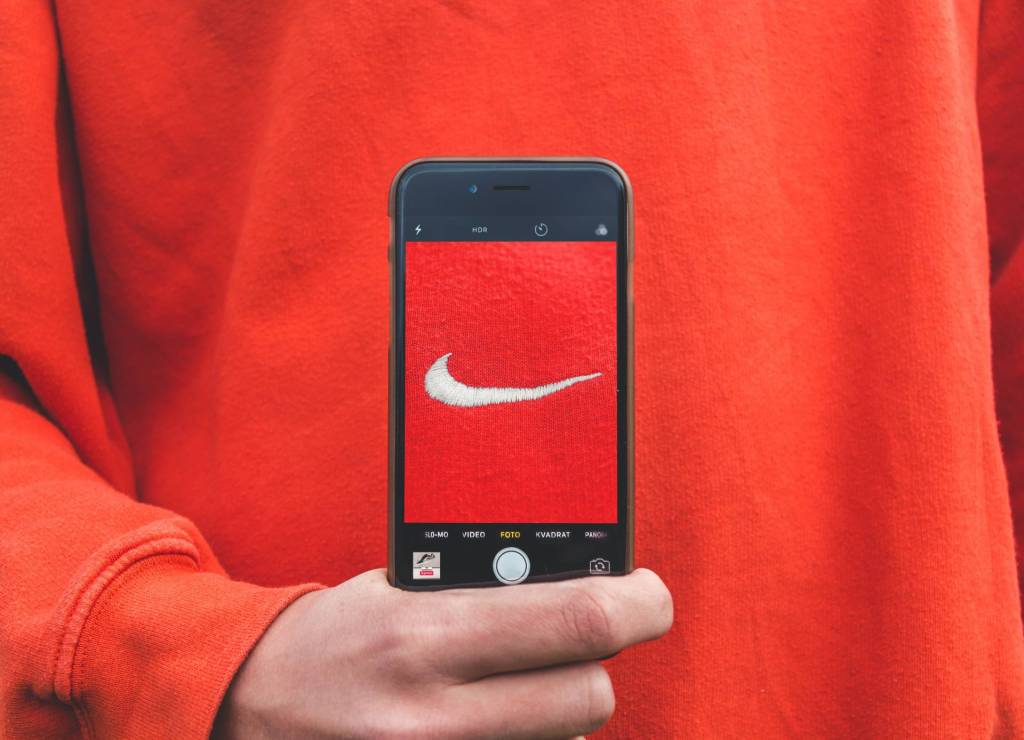Tom and Ray Magliozzi’s Car Talk is one of the most successful personal brands on NPR, National Public Radio. The enduring strength of the Car Talk brand can be measured by:
- Numbers. Over 4.4 million listeners tune-in each week, listening on 588 radio stations around the world.
- Fund raising. Car Talk is consistently one of NPR’s leading fund-raising shows during pledge time.
- Longevity. The show has been on since 1977, with major growth taking place during the 1980s.
- Visibility. Car Talk’s Tom & Ray Magliozzi have been guests on leading network television shows like The David Letterman Show, CBS Evening News, The Today Show, and 60 Minutes. Their newspaper column is widely syndicated, plus you can sign-up to receive Car Talk’s podcasts for your computer or iPod.
In addition, Car Talk’s Shameless Commerce Division brand includes numerous audios, books and videos, car and travel accessories, and branded clothing.
Lessons from the Car Talk brand
What the lessons in personal branding we can learn from the Car Talk brand?
The best way to understand the enduring (over 3-decades) strength of the Car Talk brand is to start by reading (or re-reading) Patrick Hanlon’s Primal Branding: Create Zealots for Your Brand, Your Company, and Your Future.
Primal Branding is one powerful, actionable branding book. Its strength is in its identification of a 7-point Primal Code which describe the 7 common elements found in all strong brands. The 7 elements include:
 The Creation Story. Story and myth play a major role in creating a strong and lasting brand. Whether it’s Hewlett-Packard’s origins in a garage, or the way or the way Car Talk originated as an invitation to join a panel discussion of car repairs in 1977. The other 4 guests failed to show up, the producer got fired, and – a week later – the show was theirs!
The Creation Story. Story and myth play a major role in creating a strong and lasting brand. Whether it’s Hewlett-Packard’s origins in a garage, or the way or the way Car Talk originated as an invitation to join a panel discussion of car repairs in 1977. The other 4 guests failed to show up, the producer got fired, and – a week later – the show was theirs!- The Icons. Icons can be colors, i.e., IBM’s blue, the Apple logo, or a restaurant, like Jake O’Shaughnessy’s, where the waiters used to spontaneously start singing opera arias and bread was served on a warmed piece of marble. Car Talk’s icons include self-deprecating humor, puns, deep belly laughs, and an outspoken, “loose cannon,” utterly pragmatic approach to caller questions. “So, why don’t you tie-up your mother-in-law and leave her in the back seat, with the keys in the ignition? Solve two problems at once!“
- The Rituals. Predictabiity is a hallmark of successful brands. You know that David Letterman is going to open with a monologue, followed shortly thereafter by a Top Ten List that begins with Number 10 and builds to Number 1. In Car Talk’s case, you know they will begin by reading a listener letter, there will be constant brother-to-brother teasing (“Don’t drive like my Brother!”), and outrageous advice (“Hire an elephant!” to make the roof on a convertible go down). There will be “3 halves” to the show, there is usually a Puzzler, (which doubled their listeners the year it debuted), and the show will end with production credits that include their lawyers, Dewey, Cheetem, and Howe.
- The Pagans, or Nonbelievers. Another Primal Belief common characteristic of strong brands is a common enemy shared by the brand and its followers. In the case of the Apple Macintosh, the common enemy is Microsoft Windows. In national politics, Republicans and Democrats need each other as a rallying point. Car Talk’s enemy for over 30 years has been inept and unscrupulous auto repair dealers. During most of the 1990’s, Car Talk’s enemy was the inept management of the Detroit “Big 3” car markers, symbolized by Roger Smith, former head of General Motors.
How to profit from Primal Branding
There are two ways you can profit from Primal Branding.
- Read the book. One approach is to simply read the book, noting the 7 Primal Code elements, and study ways the Code elements appear in the examples described in the chapters that follow.
- Framework for further research. An even better approach, however, would be to create a system of easy to fill-out worksheets and use them as the basis for examining the personal brands that you like the most.
You’ll be amazed at the deeper understanding of branding and the number of actionable ideas you’ll gain for building your own brand when you use Primal Branding‘s Primal Code as a framework for researching successful brands.
Turning books into strong personal brands
The best way to profit from a book is to read it and apply it. Study its contents, underline it, and summarize it in your own words. Tell your friends about it. Read what others have said about it.
But, the real progress requires more, you have to use as a springboard for independent study and action. I originally read Primal Branding in 2006, the year it came out. But, it sat unused on my shelf until Thursday, when – in the middle of a coaching session – I located the book and read the 7 Primal Code ideas to her.
Then, while enjoying a relaxing drive home from breakfast, listening to Car Talk (like I religiously do each Saturday), it suddenly struck me that the Car Talk brand can be deconstructed and analyzed in terms of Patrick Hanlon’s Primal Code. And, the more I studied Car Talk, the more lessons I learned.
It doesn’t matter whether you study Car Talk, Apple Computer, Southwest Airlines, or C.S.I. New York. Take the time to study your favorite brands, and codify how they profit from the Primal Code. Then, success is just a matter of figuring out how to apply the Primal Code elements to your own business! And, while you’re doing it, share your ideas, progress, and questions below, as comments!
Author:
Roger C. Parker shares ideas for planning, writing, promoting, & profiting from brand building books in his daily writing tips blog. His latest book, #BOOK TITLE Tweet: 140 Bite-Sized Ideas for Compelling Article, Book, & Event Titles, offers step-by-step ideas, tips, and examples for choosing the right title.













